Application of Remote Sensing and Computing in Smart Archaeology and Tourism—A Loulan Perspective
DOI: 10.23977/tmte.2024.070213 | Downloads: 17 | Views: 871
Author(s)
Danling Chen 1
Affiliation(s)
1 Dongguan Institute of Surveying and Mapping, Dongguan, 523000, China
Corresponding Author
Danling ChenABSTRACT
With the rapid growth of urban informatics science and technology nowadays, the intersection of smart archaeology and tourism is still a brand-new field. Taking the perished ancient kingdom of Loulan as an example, this paper proposes the possibility of employing the technology and method of urban sensing and computing to play some role in the archaeology and tourism of Loulan. Loulan was an ancient kingdom, northwest China, dating back more than 2,000 years, which presumably disappeared owing to climatic change. This paper has successively proposed the use of deep learning algorithms to interpret ancient documents, the use of digital twin platforms to regenerate ancient ruins, the use of smart Internet of Things systems to enhance scenic services, and the use of augmented reality technology to display diverse travel experiences. The various methodologies utilised in this research have been preliminarily applied in the archaeological work of Sanxingdui and the digital reconstruction of Notre Dame de Paris, and their feasibility is established. In addition, the study outlines some of the existing challenges faced by this concept, such as the difficulty in rebuilding the ecological environment of the desert oasis, and the unpredictable risks that tourism would face. The technologies and methods proposed in this proposed application can also be implemented in other archaeological and tourism industries. The latest urban informatics technology will undoubtedly bring great subversion to traditional industries.
KEYWORDS
Remote Sensing; GIS; Loulan; Archaeology; TourismCITE THIS PAPER
Danling Chen, Application of Remote Sensing and Computing in Smart Archaeology and Tourism—A Loulan Perspective. Tourism Management and Technology Economy (2024) Vol. 7: 88-97. DOI: http://dx.doi.org/10.23977/tmte.2024.070213.
REFERENCES
[1] Allen, J., & Nelson, M. (1999). Overview and design biospherics and biosphere 2, mission one (1991–1993). Ecological Engineering, 13(1-4), 15-29.
[2] Assael, Y., Sommerschield, T., Shillingford, B., Bordbar, M., Pavlopoulos, J., Chatzipanagiotou, M., Androutsopoulos, I., Prag, J., & de Freitas, N. (2022). Restoring and attributing ancient texts using deep neural networks. Nature, 603(7900), 280-283. https://doi.org/10.1038/s41586-022-04448-z Association
[3] Z. C. D. (2021). Cultural Tourism IP: Half Art, Half Market. https://baijiahao. baidu.com/s? id= 1708934599136665643&wfr=spider&for=pcCohen
[4] J. E., & Tilman, D. (1996). Biosphere 2 and Biodiversity--The Lessons So Far. Science, 274(5290), 1150-1151.
[5] Daily, B. B. (2021). New exploration of entertainment function, Sanya X "Peace Elite" realizes diversified cultural and tourism value. https://baijiahao.baidu.com/s?id=1698730845365532317&wfr=spider&for=pc
[6] Daily, C. (2020). The users of the "Yunyou Dunhuang" applet exceeded 1 million in ten days, and the post-80s and post-90s accounted for more than 60%. https://baijiahao.baidu.com/s? id=1660311794986420957 &wfr= spider& for=pcEvents
[7] H. i. (2020). Discover Paris in augmented reality! https://blog.pariscityvision.com/discover-paris-in-augmented-reality.html
[8] Fielder, J. (2022). Notre Dame fire anniversary: How augmented reality brings 1000 years of the cathedral to life. https://www.euronews.com/culture/2022/04/09/notre-dame-fire-anniversary-how-augmented-reality-brings-1000-years- of- the-cathedral-to-li
[9] Jingen Liang, L., & Elliot, S. (2021). A systematic review of augmented reality tourism research: What is now and what is next? Tourism and Hospitality Research, 21(1), 15-30.
[10] Li, K., Qin, X., Zhang, L., Wang, S., Xu, B., Mu, G., Wu, Y., Tian, X., Wei, D., & Gu, Z. (2019). Oasis landscape of the ancient Loulan on the west bank of Lake Lop Nur, Northwest China, inferred from vegetation utilization for architecture. The Holocene, 29(6), 1030-1044.
[11] Media, T. (2021). How far can Hengdian Film and Television's "Chinese Hollywood" dream go? https://baijiahao.baidu.com/s?id=1715550528306123091&wfr=spider&for=pc
[12] Mischke, S., Liu, C., Zhang, J., Zhang, C., Zhang, H., Jiao, P., & Plessen, B. (2017). The world’s earliest Aral-Sea type disaster: the decline of the Loulan Kingdom in the Tarim Basin. Scientific Reports, 7(1), 1-8.
[13] Paper, T. (2021). Typical Cases of Ecological Restoration in China (14)/Desertification Control in Gulang Babu Sand Forest Farm. https://m.thepaper.cn/baijiahao_14989497
[14] Sun Yaqin, X. J. (2021). Analysis of the reasons for the success of cultural and creative products of the Forbidden City. https://m.fx361.com/news/2021/0128/7675391.html
[15] Trento, A., Kieferle, J. B., & Wössner, U. (2020). A Decision Making Tool for Supporting Strategies of Archaeological Restoration-Case Study of Ostia, Maritime'Portus' of the Imperial Rome.
[16] Tripathy, A. K., Tripathy, P. K., Ray, N. K., & Mohanty, S. P. (2018). iTour: The future of smart tourism: An IoT framework for the independent mobility of tourists in smart cities. IEEE consumer electronics magazine, 7(3), 32-37.
[17] Verma, A., Shukla, V. K., & Sharma, R. (2021). Convergence of IOT in Tourism Industry: A Pragmatic Analysis. Journal of Physics: Conference Series
[18] Verykokou, S., Ioannidis, C., & Kontogianni, G. (2014). 3D visualization via augmented reality: The case of the middle stoa in the ancient agora of athens. Euro-Mediterranean Conference
[19] Wikipedia. (2022). Loulan Kingdom. https://en.wikipedia.org/w/index.php? title=Loulan_Kingdom&oldid= 1073465873
[20] YNET. (2021). These black technologies "escort" the latest unearthed cultural relics in Sanxingdui. https://t.ynet. cn/baijia/31447297.html
[21] Yung, R., & Khoo-Lattimore, C. (2019). New realities: a systematic literature review on virtual reality and augmented reality in tourism research. Current issues in tourism, 22(17), 2056-2081.
[22] Zhang, J., Kwok, H. H., Luo, H., Tong, J. C., & Cheng, J. C. (2022). Automatic relative humidity optimization in underground heritage sites through ventilation system based on digital twins. Building and Environment, 108999.
| Downloads: | 14009 |
|---|---|
| Visits: | 453848 |
Sponsors, Associates, and Links
-
Information Systems and Economics
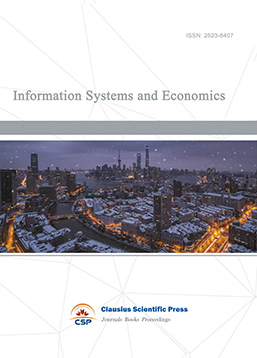
-
Accounting, Auditing and Finance
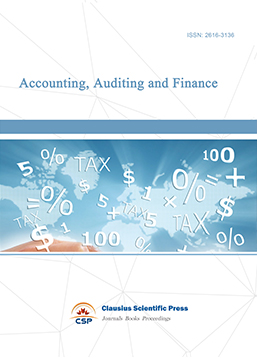
-
Industrial Engineering and Innovation Management
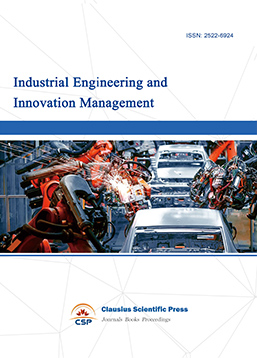
-
Journal of Computational and Financial Econometrics
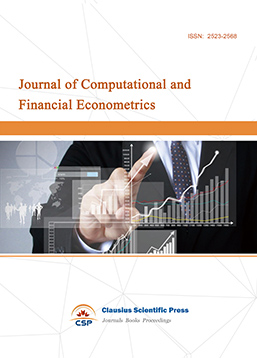
-
Financial Engineering and Risk Management
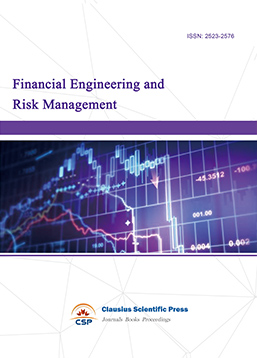
-
Accounting and Corporate Management
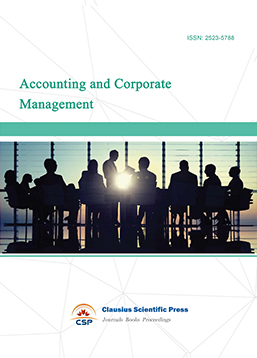
-
Social Security and Administration Management
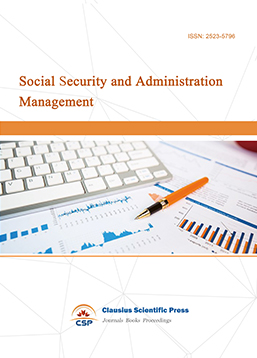
-
Population, Resources & Environmental Economics
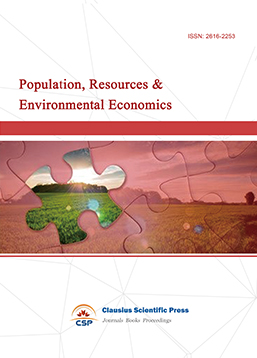
-
Statistics & Quantitative Economics
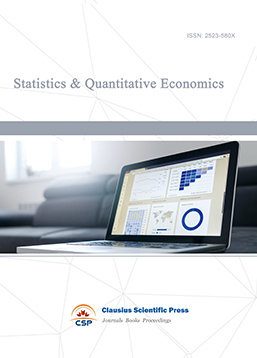
-
Agricultural & Forestry Economics and Management
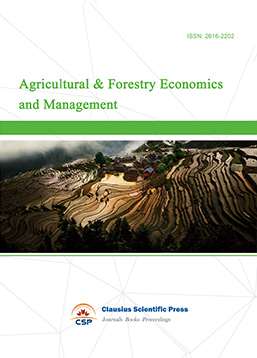
-
Social Medicine and Health Management
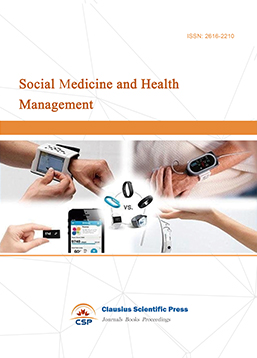
-
Land Resource Management
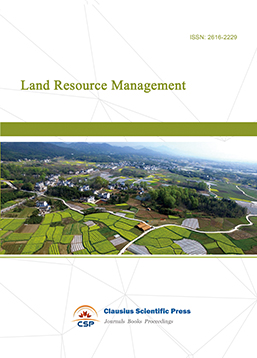
-
Information, Library and Archival Science
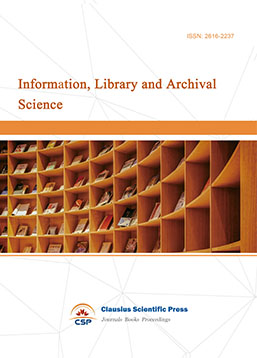
-
Journal of Human Resource Development
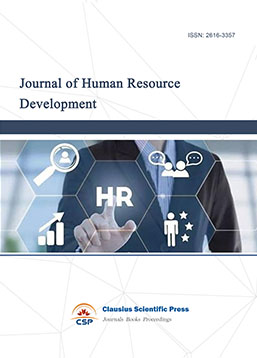
-
Manufacturing and Service Operations Management
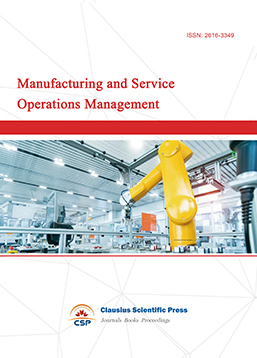
-
Operational Research and Cybernetics
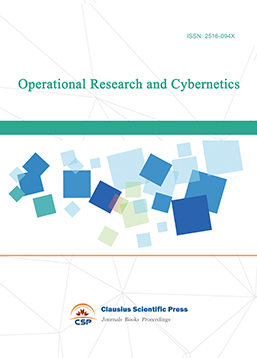

 Download as PDF
Download as PDF